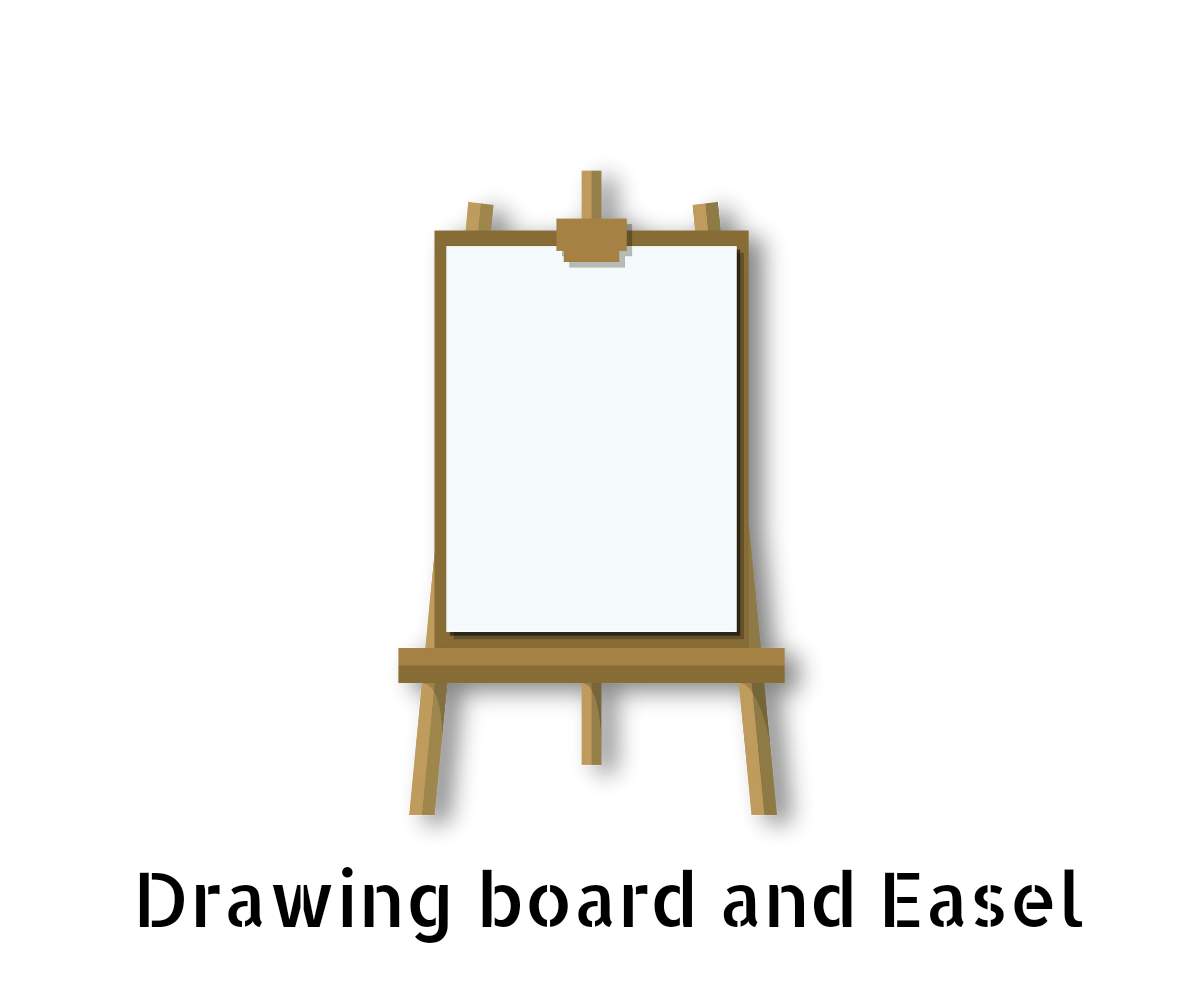Watercolor painting supplies list required for beginners
Hello friends,I am providing a list of materials needed to make watercolor paintings for beginners. It will help to have the right materials so that beginners can get the best results from their watercolor paintings. This list includes watercolor paper, brushes, paints, a palette for mixing paints, a container for water, etc., which are explained in detail below.
1. Watercolor Paints
Invest in artist-grade watercolor paints in a variety of colors. Look for paints that have good pigmentation and lightfastness. You can choose tube watercolors or watercolor pans. Artist-grade watercolors are more vibrant and have a higher pigment concentration, which means they will last longer and won't fade. Lightfastness refers to how well the paint will hold its color when exposed to light. Watercolor pans are great for beginners because they are easy to use and you do not have to worry about spilling or drying out like you do with tube watercolors.
2. Watercolor Brushes
Purchase a set of watercolor brushes with different sizes and shapes. Synthetic brushes are suitable for beginners, while natural hair brushes like sable or squirrel offer higher quality. A round brush, a flat brush, and a detail brush are useful to have. Round brushes have a good balance of stiffness and flexibility and are great for creating thin to thick lines, washes, and details. Flat brushes are great for covering large areas, creating long strokes, and adding texture. A detail brush is useful for precision work and for creating fine lines and details. Synthetic brushes are less expensive and easier to maintain than natural hair brushes, but natural hair brushes hold more paint and have a softer, smoother feel.
3. Watercolor Paper
Use watercolor-specific paper that is thick and designed to withstand water and pigment. Look for papers labeled as cold-pressed or hot-pressed. Cold-pressed paper has a textured surface, while hot-pressed paper is smoother. Experiment with different weights and textures to find the one you prefer.
4. Palette
A palette is used to mix and dilute the watercolor paints. You can use a traditional palette with wells or a porcelain palette. Alternatively, you can use a white ceramic plate or a mixing tray with separate wells.
5. Water Containers
Have two containers of water nearby—one for rinsing your brushes and another for clean water to dilute your paints. Make sure the containers are wide enough to accommodate your brushes.
6. Drawing Board or Easel
Use a drawing board or an easel to secure your paper while working. This helps prevent smudging and provides a stable surface for your artwork.
7. Masking Tape
Use masking tape to secure the edges of your watercolor paper to a drawing board or painting surface. This prevents the paper from buckling or moving while you work.
8. Pencil,Eraser and Sharpener
Use a pencil to lightly sketch your composition on the watercolor paper before painting. Choose a pencil with a hardness that doesn't leave heavy marks. Have an eraser handy for any necessary corrections.
9. Tissue Paper or Rags
Keep tissue paper or rags nearby to blot excess water and paint from your brushes or to lift colors from your painting if needed. Because tissue paper or rags are absorbent, they can help to effectively remove extra moisture from the brushes. This will help to keep the bristles in good condition and will also help to prevent the colors from running and ruining the painting.
10. Spray Bottle
A spray bottle filled with clean water can be used to wet your paper or to create interesting textures and effects on your watercolor painting. When wetting the paper, the water dilutes the paint, making it easier to blend. When used on the painting, it can be used to move the paint around and create interesting effects.
11. Palette Knife
A palette knife can be useful for mixing colors, lifting paint, or creating texture in your watercolor paintings. It's an optional tool, but it can offer more versatility in your artwork.
12. Masking Fluid(Optional)
Masking fluid is a liquid that you can apply to your paper to preserve areas from receiving paint. It creates a barrier that can be peeled off later, allowing you to paint freely around the masked areas.
These materials will provide a good foundation for your watercolor painting endeavors. As you progress and gain experience, you might explore additional supplies and tools that suit your artistic style and preferences.

















Post A Comment
Post a Comment